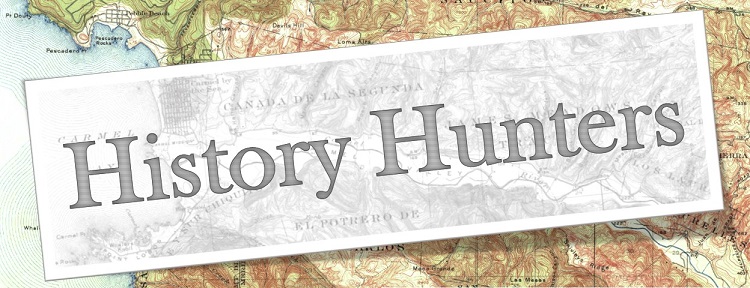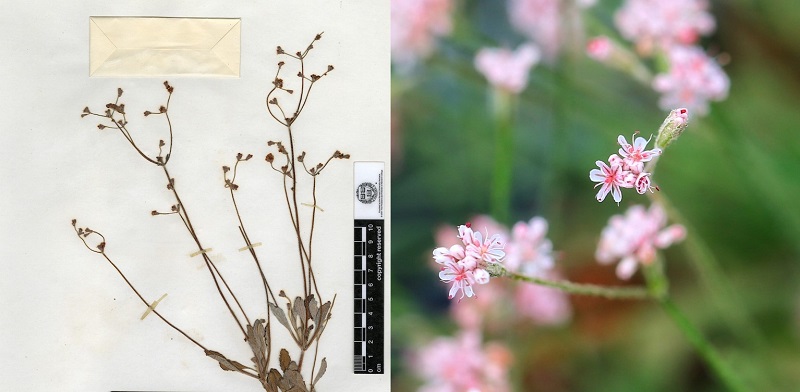
Did you know that CNDDB tracks plant species that are extinct or extirpated in California? The  CNPS Rare Plant Inventory ranks 28 plants as 1A (extinct in California) or 2A (extirpated in California but more common elsewhere). The CNDDB maintains records on these species, with details on the locations where they used to occur and the threats that led to their extinction.
CNPS Rare Plant Inventory ranks 28 plants as 1A (extinct in California) or 2A (extirpated in California but more common elsewhere). The CNDDB maintains records on these species, with details on the locations where they used to occur and the threats that led to their extinction.
So why continue to track these plants if they’re not around anymore? One reason is that there’s always a chance the species could be rediscovered in the future! It’s actually pretty easy for a small population of a very rare plant to escape notice for years or decades – the seeds could be waiting for just the right conditions to sprout, or the plant could be growing on private land inaccessible to botanists searching for the species.
Several plants listed as extinct in past editions of the CNPS Rare Plant Inventory have since been rediscovered. The Mount Diablo buckwheat (Eriogonum truncatum) was last seen in 1936 and presumed extinct, since introduced annual grasses had invaded its preferred habitat. In 2005, a UC Berkeley graduate student  rediscovered the Mount Diablo buckwheat on land recently acquired by Mount Diablo State Park.
rediscovered the Mount Diablo buckwheat on land recently acquired by Mount Diablo State Park.

Left: 1934 specimen of Mount Diablo buckwheat. Right: 2014 photo of rediscovered Mount Diablo buckwheat.
Courtesy of  Harvard University Herbaria
Harvard University Herbaria  (CC BY-NC) and
(CC BY-NC) and  Lech Naumovich
Lech Naumovich  (CC BY-NC-SA)
(CC BY-NC-SA)
The Franciscan manzanita (Arctostaphylos franciscana) was believed to be extinct in the wild after the last known San Francisco populations were destroyed by development in the 1940s. In 2009, botanists found  one Franciscan manzanita shrub growing on a roadside slated for construction, and rushed to transplant it to a safe location. Most recently, a grass species last collected in Baja California in 1886, Sphenopholis interrupta ssp. californica, was rediscovered earlier this year in San Diego County.
one Franciscan manzanita shrub growing on a roadside slated for construction, and rushed to transplant it to a safe location. Most recently, a grass species last collected in Baja California in 1886, Sphenopholis interrupta ssp. californica, was rediscovered earlier this year in San Diego County.
Even if a species is truly extinct, preserving records of where it used to occur helps us paint a full picture of California’s conservation landscape, failures and all.
If you’re interested in becoming a botanical history hunter, and possibly rediscovering an extinct species yourself, check out the  CNPS Rare Plant Treasure Hunt! Every year, CNPS organizes volunteers to revisit and rediscover historical rare plant populations all over California. If you do find a botanical treasure, be sure to share your discovery with the CNDDB.
CNPS Rare Plant Treasure Hunt! Every year, CNPS organizes volunteers to revisit and rediscover historical rare plant populations all over California. If you do find a botanical treasure, be sure to share your discovery with the CNDDB.